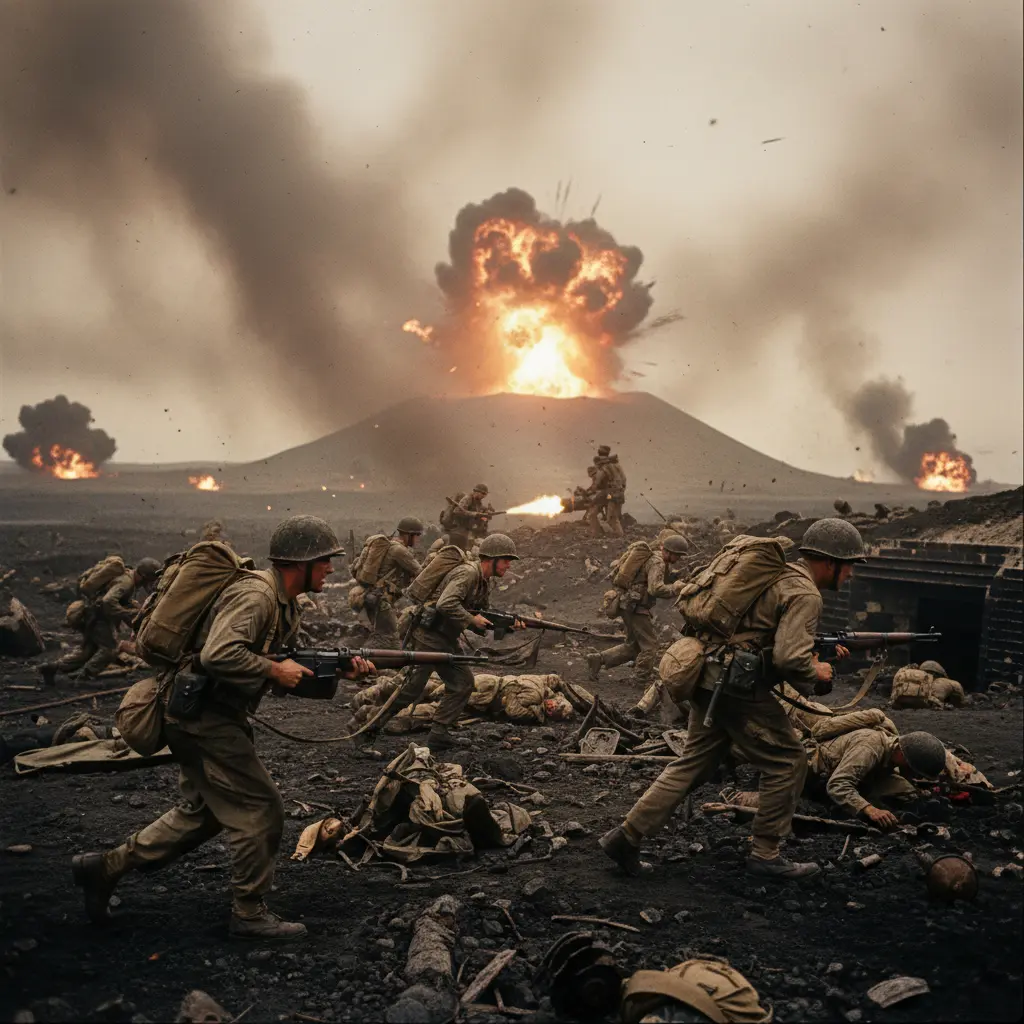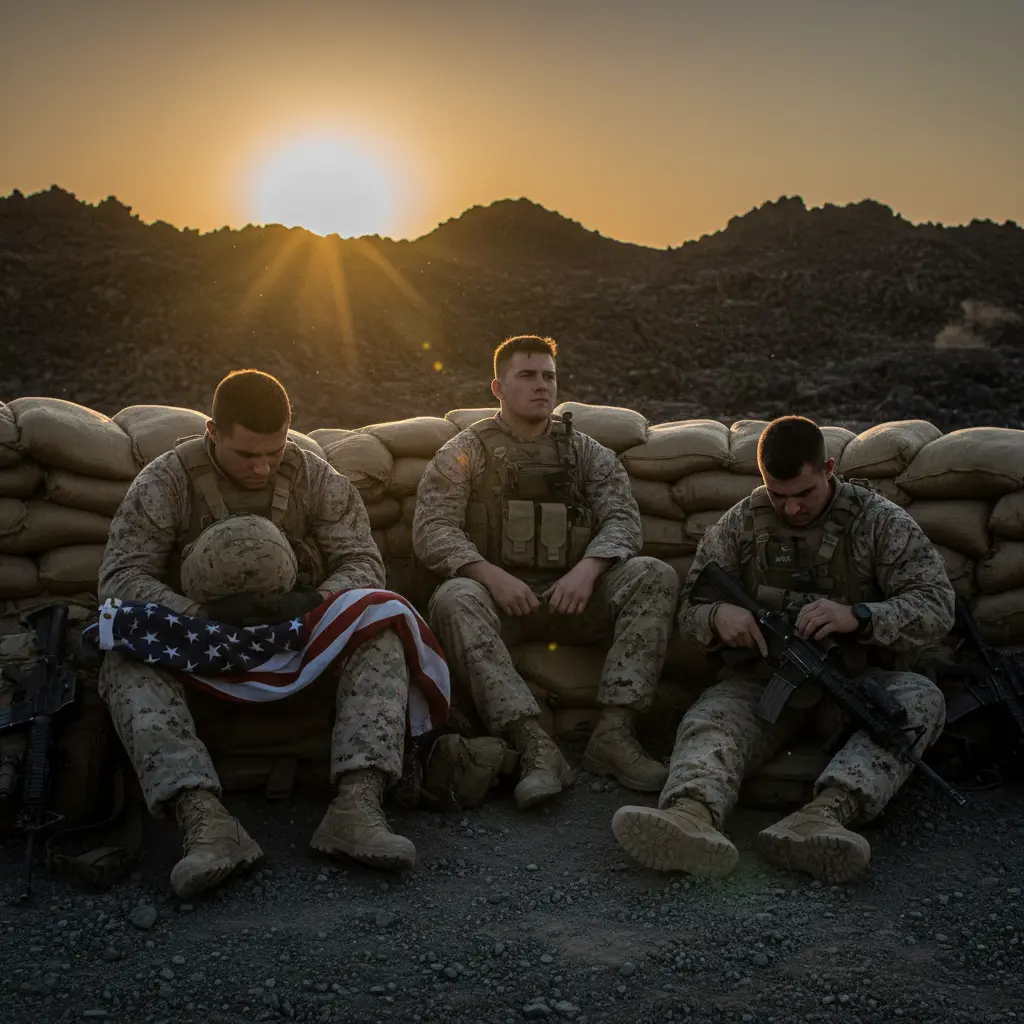Five Marines, One Navy Corpsman, One Unforgettable Moment
February 23, 1945. Mount Suribachi, Iwo Jima. In one of the bloodiest battles of World War II, six American servicemen raised a flag that would become the most reproduced photograph in history. But the story behind that iconic image reveals the true power of flags in wartime.
The Battle Behind the Photo
Iwo Jima was hell on earth. The 8-square-mile island was defended by 22,000 Japanese soldiers in an intricate network of tunnels and bunkers. American forces expected to take the island in five days. It took 36. Of the 70,000 Americans who fought there, 26,000 became casualties.

More Than Just a Photo Op
What many don't know is that this was actually the second flag raised that day. The first, smaller flag was raised at 10:20 AM by a patrol led by Lieutenant Harold Schrier. But when Secretary of the Navy James Forrestal saw it, he wanted the flag as a souvenir.
Colonel Chandler Johnson had other ideas: "The hell with that! That flag belongs to the 2nd Battalion, 28th Marines. Find another flag for the Secretary." So at 1:00 PM, six men raised a larger, 96-by-56-inch flag. Associated Press photographer Joe Rosenthal captured this second raising, creating an image that would galvanize American support for the war effort.
The Human Cost
The flag raising wasn't staged—it was a spontaneous moment of triumph after days of brutal fighting. Of the six men in the photo—Ira Hayes, Franklin Sousley, Harlon Block, Michael Strank, Rene Gagnon, and John Bradley—three would die before the battle ended. Hayes, a Pima Indian, would struggle with survivor's guilt for the rest of his short life.

The Flag's Lasting Impact
That Iwo Jima flag became the centerpiece of a massive war bond drive, helping raise $26.3 billion for the war effort—more than double the original goal. The image was so powerful it was turned into the Marine Corps War Memorial in Arlington, a 3-cent postage stamp, and countless other memorials.
The flag proved that a single moment could unite an entire nation behind a cause, turning tragedy into triumph and sacrifice into inspiration.

Behind that flag were men, not heroes seeking glory, but soldiers carrying hope—proof that sacrifice can shape the soul of a nation.
Iwo Jima - The Flag That Defined Victory